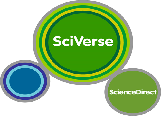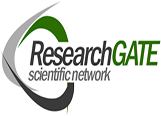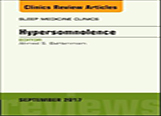Publications-31
| Hypersomnolence and Traffic Safety. | |
|
|
| Hypersomnolence and Traffic Safety. | |
|
Abstract: Many people die or become disabled because of motor vehicle accidents. Scientific data suggest that sleepy drivers or those driving at odd hours are more likely to make driving mist... |
| Hypersomnolence and Traffic Safety. | |
|
Abstract: Many people die or become disabled because of motor vehicle accidents. Scientific data suggest that sleepy drivers or those driving at odd hours are more likely to make driving mistakes. Patients with obstructive sleep apnea and narcolepsy have been found to exhibit higher rates of falling asleep while driving... |
| Hypersomnolence: An Issue of Sleep Medicine Clinics, 1st Edition. | |
|
|
| Erratum to the prevalence of pulmonary hypertension in patients with obesity hypoventilation syndrome: a prospective observational study. | |
|
|
| Electrolyte imbalance and sleep problems during anti-retroviral therapy: an under-recognized problem. | |
|
Abstract: Human immunodeficiency virus (HIV) infection, and the anti-retroviral therapy (ART) associated complications necessitate that the medical care system keeps evolving for proper management of this group of patients. Electrolyte imbalance and sleep problems are common in patients on ART... |
| Choosing the right interface for positive airway pressure therapy in patients with obstructive sleep apnea. | |
|
|
| Treatment-Emergent Central Sleep Apnea (Complex Sleep Apnea). | |
|
Abstract: Treatment-emergent central sleep apnea (TECSA) is a distinct form of sleep-disordered breathing characterized by the development of central sleep apnea during the initiation of positive airway pressure (PAP) therapy in patients with obstructive sleep apnea. The exact mechanisms of TECSA are not... |
| The Effects of Diurnal Intermittent Fasting on the Wake-promoting Neurotransmitter Orexin-A. | |
|
Abstract: Background: Food restriction has been demonstrated to increase alertness in different species and to increase levels of the wake-promoting neurotransmitter orexin. We hypothesized that... |
| The choice of interface. | |
|
|

 Abstract: Many people die or become disabled because of motor vehicle accidents. Scientific data suggest that sleepy drivers or those driving at odd hours are more likely to make driving mistakes. Patients with obstructive sleep apnea and narcolepsy have been found to exhibit higher rates of falling asleep while driving...
Abstract: Many people die or become disabled because of motor vehicle accidents. Scientific data suggest that sleepy drivers or those driving at odd hours are more likely to make driving mistakes. Patients with obstructive sleep apnea and narcolepsy have been found to exhibit higher rates of falling asleep while driving...


 Abstract: This issue of Sleep Medicine Clinics is edited by Dr.Ahmed BaHammam and focuses on Hypersomnia. Article topics include: Hypersomnia: neurobiological basis; Narcolepsy Immunogenetics:...
Abstract: This issue of Sleep Medicine Clinics is edited by Dr.Ahmed BaHammam and focuses on Hypersomnia. Article topics include: Hypersomnia: neurobiological basis; Narcolepsy Immunogenetics:...


